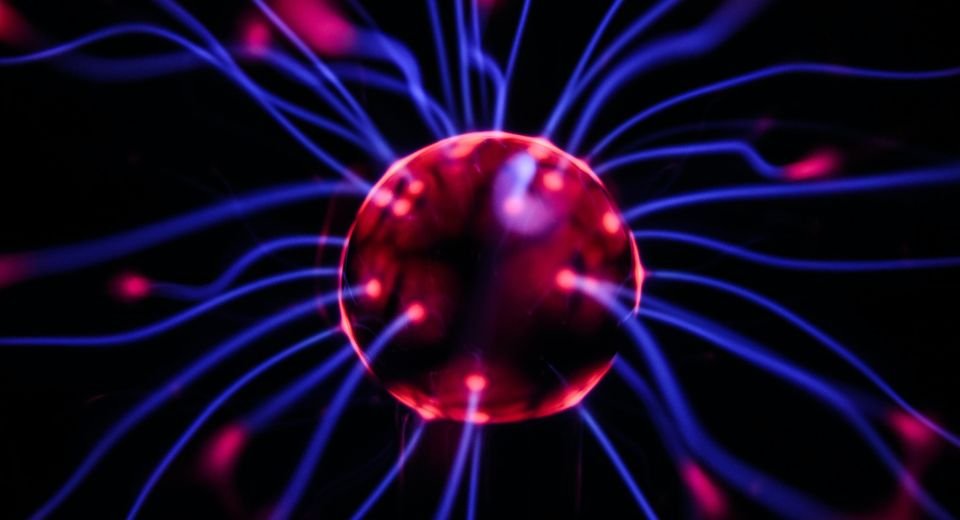HQ Team
March 15, 2025: A decade of research at MIT’s Picower Institute for Learning and Memory has brought hope to millions battling Alzheimer’s disease. Scientists have discovered that noninvasive sensory stimulation at 40Hz, a frequency known as gamma, can significantly improve brain health in both mice and humans.
This innovative approach, termed Gamma Entrainment Using Sensory Stimulation (GENUS), has shown remarkable potential in reducing Alzheimer’s pathology and preserving cognitive function.
The journey of discovery for GENUS began in 2016 when a team led by Li-Huei Tsai, Picower professor of Neuroscience at MIT, published a landmark study. The research demonstrated that exposing Alzheimer’s mice to 40Hz light and sound reduced harmful amyloid and tau proteins, protected neurons, and preserved memory. Since then, Tsai’s team, alongside collaborators like Edward Boyden and Emery N. Brown, has uncovered how 40Hz stimulation activates various brain cells, including neurons, microglia, and astrocytes, to promote brain health.
One key breakthrough came in 2023 when the team revealed that 40Hz stimulation triggers the release of a peptide called VIP, which enhances the brain’s glymphatic system—a waste-clearing mechanism—to remove amyloid more efficiently. These findings have been corroborated by independent studies worldwide, including a 2024 Chinese study confirming increased glymphatic fluid flow in mice after 40Hz stimulation.
“As we’ve made all our observations, many other people in the field have published results that are very consistent,” says Li-Huei Tsai, and senior author of the new review, with postdoc Jung Park. “People have used many different ways to induce gamma including sensory stimulation, transcranial alternating current stimulation, or transcranial magnetic stimulation, but the key is delivering stimulation at 40 hertz. They all see beneficial effects.”
From mice to humans
The success in animal models has paved the way for human trials. MIT spinoff Cognito Therapeutics has been at the forefront, conducting phase II and III clinical trials. Early results are promising: Alzheimer’s patients exposed to 40Hz light and sound experienced slower brain atrophy, preserved white matter, and improved cognitive function compared to untreated controls.
Other studies have further validated the approach. In 2022, a Harvard Medical School team used transcranial alternating current stimulation (tACS) at 40Hz to reduce tau protein levels in human volunteers. Similarly, a 2023 Scottish study involving over 100 participants found that 37.5Hz audio and visual stimulation improved memory recall.
Future directions
Despite the progress, many questions remain. Researchers are still unraveling the precise mechanisms behind GENUS’s effects. For instance, how do microglia and other brain cells respond to gamma stimulation? Could optimizing the treatment enhance its efficacy?
Tsai emphasizes the importance of understanding these mechanisms to expand the therapy’s potential. “The more we understand how it works, the more we can optimize it and explore its applications beyond Alzheimer’s,” she says.
Indeed, preliminary studies suggest that 40Hz stimulation could benefit other neurological conditions, including Parkinson’s disease, stroke, epilepsy, and even the cognitive side effects of chemotherapy. Tsai’s lab is also investigating its potential for Down syndrome and multiple sclerosis.
The growing body of evidence supporting 40Hz gamma stimulation marks a turning point in the fight against Alzheimer’s and other brain disorders. As phase III clinical trials continue, the hope is that this noninvasive, accessible therapy could soon become a standard treatment for millions worldwide.
“Our ultimate goal is to translate GENUS into a safe, effective therapy for Alzheimer’s patients,” says Tsai. With each new discovery, that goal moves closer to reality.








